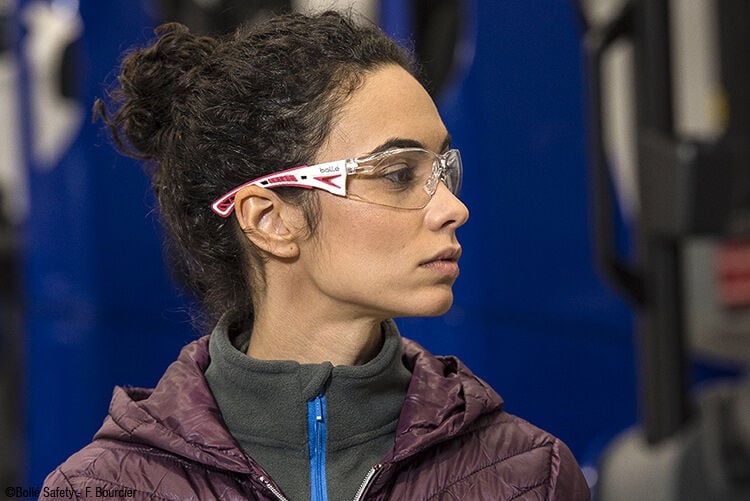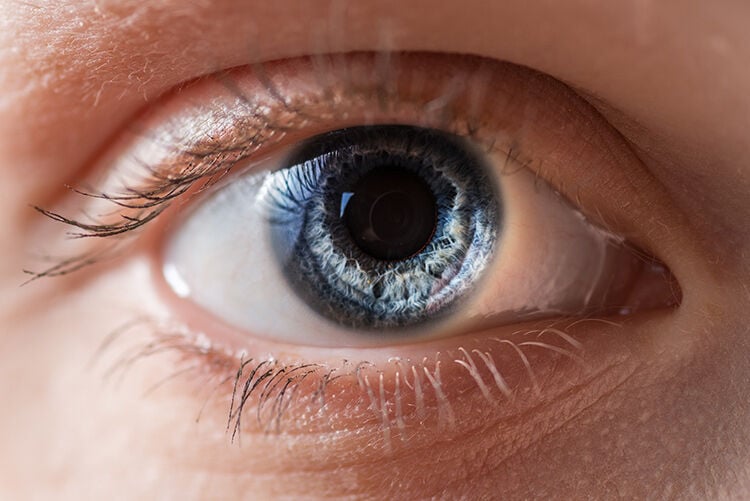
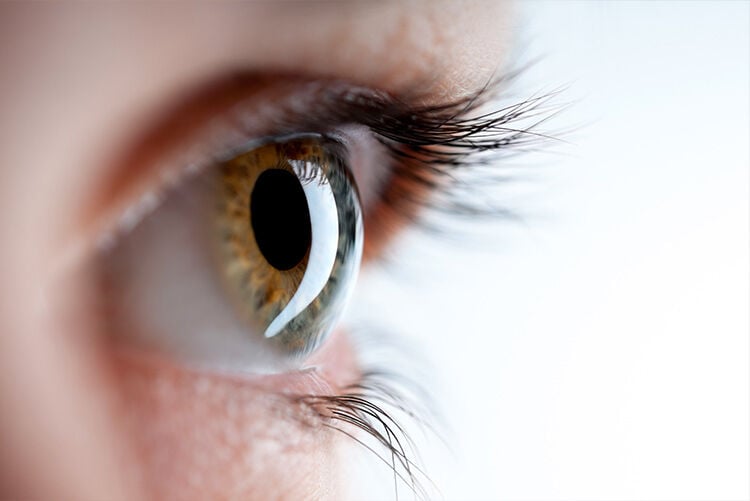
1. The Eyes Perceive Things Upside Down
What we see are made up of light reflected from the objects and scenes we look at. However, because the cornea at the front of the eye is curved, it bends the light as it enters eye, meaning the image is upside down when it hits the retina at the back of the eye. When the brain interprets the image it turns it back the right way up so we see the world correctly.
In an experiment in the 1950s, Austrian Professor Theodor Erismann asked his assistant Ivo Kohler to wear a pair of goggles that made him see upside down. Fascinatingly, Kohler’s brain adapted and he began to see the world rightside-up through the goggles within about a week. The landmark study is still widely referenced today, such as in the work Sachse et al. on Visual perception in 2017.
2. Eyes are Filled with Jelly-Like substance
80% of the human eye is made of a firm jelly-like fluid called vitreous humour that is vital to eye health and function. This clear, colourless substance fills the space between the lens and the retina of your eye. Vitreous humour is 99% water, the rest is a mixture of collagen, proteins, salts and sugars. By filling the eye, vitreous humour is essential to maintaining the eye’s shape and keeping the fragile retina in the place.

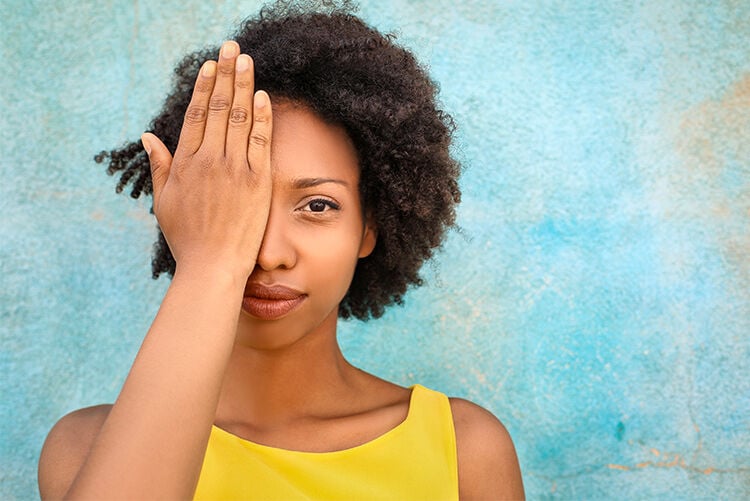
3. There are Many Protective Features Around the Eye
Our skull and facial features have evolved over millions of years to protect the fragile eyeball. The socket itself is depressed into the skull, thereby protecting half the eye with bone. Eyebrows are there to catch sweat from the forehead and divert it away from the eyes. Eyelids close to shield the eye from light and particles when needed.
Eyelashes create a filter for dust and other particles but also act like the whiskers of a cat or mouse, by sensing when something is close to the eye and triggering the eyelid to close. The entire length of all the eyelashes shed by a human in their life is over 98 feet with each eyelash having a life span of about 5 months.
Despite these elements, the eye is still one of our most fragile organs, especially in the face of modern hazards like artificial light and industrial substances. Evolution has not caught up with these new hazards, so eye protection is crucial in these modern environments.
4. We All Have a Blind Spot
We may feel like we see everything in front of us but we actually have a tiny blind spot. This small portion of the visual field corresponds to the location of the optic disk, where the optic nerve exits the eye and blood vessels enter. Experts are still unsure why we rarely notice this blind spot. One theory is that the brain fills in the missing information using visual cues in the environment, the other is that the overlapping vision of two eyes means they see each other’s blind spots.
This simple test can demonstrate your blind spot !
Open this image, then close your left eye and position your open right eye about 8-9 inches from the screen. Look at the cross and slowly move your head forwards and/or backwards until the black circle disappears - when it does it is in your blind spot!
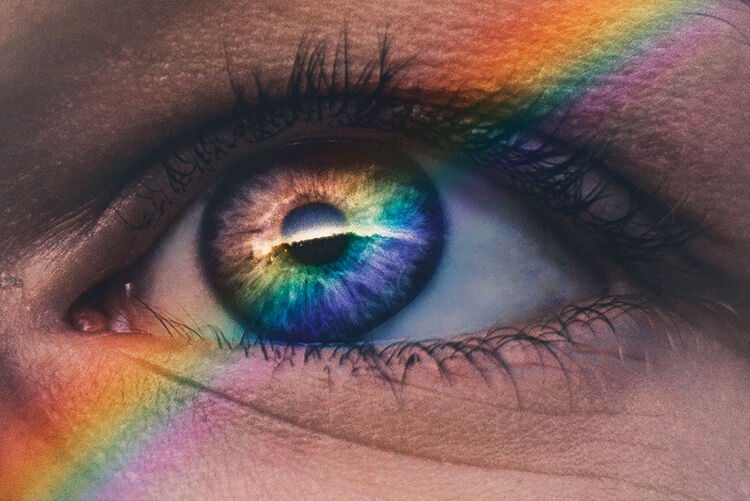
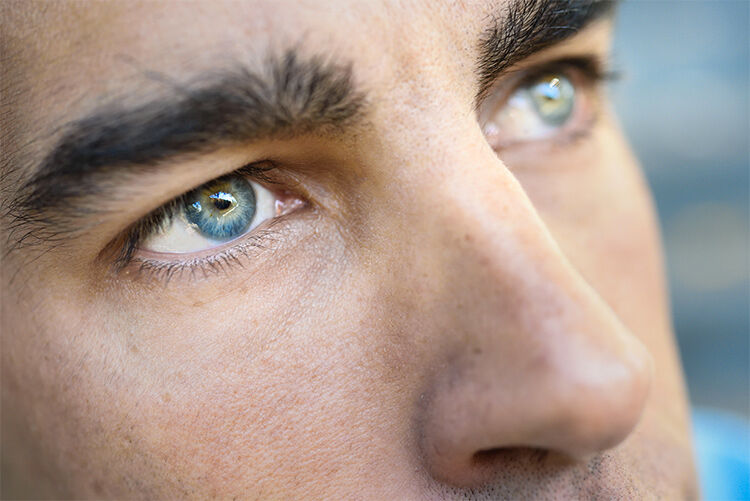
5. The Human Eye Can Detect 10 Million Different Colours
While there are several theories on the topic, studies based on the work of Gunter Wyszecki suggest that we can distinguish as many as 10 million colors. All colors in the light spectrum visible to humans are made up of combinations of red, green and blue. When we see yellow it is a combination of red and green, whereas purple is a combination of red and blue, and so on.
One common misconception is that colour is a property of light when it actually has a lot to do with the brain. It is not just the wavelength of the light rays that are reflected into the eye but also the context in which we perceive things such as background colors, lighting, familiarity and surroundings.
6. Eye Colour has Little or No Influence on Vision
It has been suggested that blue and green eyes are more sensitive to light than brown eyes, and that brown eyes are more susceptible to cataracts. Some studies even claim that people with brown eyes are better at responsive actions such as racquet sports, while people with lighter coloured eyes may be better at strategic thinking. Other studies dispute these theories.
After numerous studies, theories and old-wives-tales, the only thing that eye-colour researchers seem to agree on is that there is little or no difference between the seeing abilities of people with different eye colours. Experts also agree that everyone, regardless of eye colour, should use tinted glasses to protect their eyes from the sun.
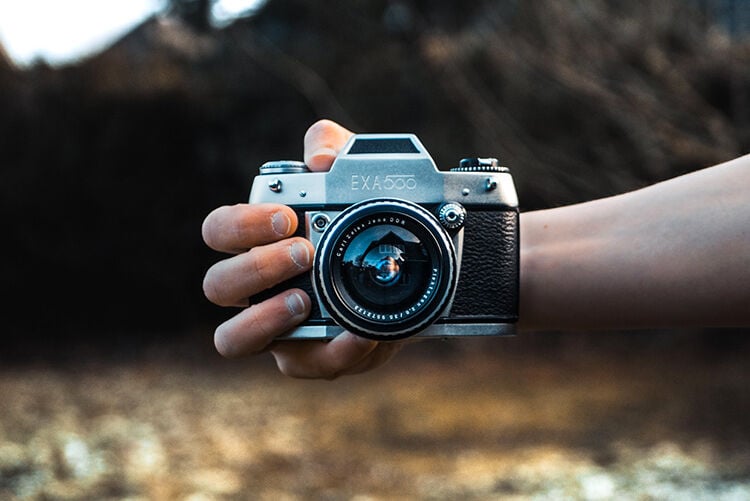
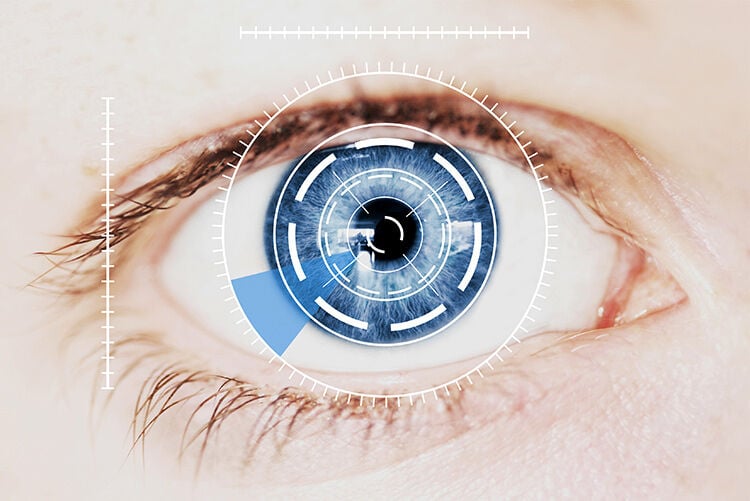
7. Red-Eye in Photos is Due to Blood Vessels in the Eye
Ever wondered why eyes sometimes appear red in photos? The “red-eye” effect occurs when the light of a camera flash or other bright light source is reflected back at the camera. The reflected light illuminates the blood vessels of the connective tissue at the back of the eye, which produces the red color you see in photos.
8. Iris Scans Are More Secure than Fingerprints
Like a fingerprint, the iris is unique to each individual; unlike corresponding fingers on each hand the iris in each of our eyes are also different from one another. Our irises have over 256 unique characteristics, compared that to fingerprints that only have about 40. This makes iris scan for biometric systems much more secure than fingerprints.
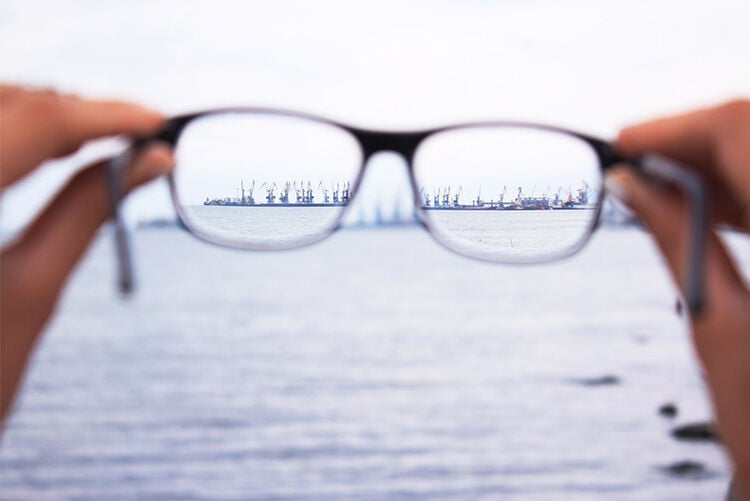

9. Being Nearsighted or Farsighted Depends on Your Eye Shape
Being nearsighted or farsighted depends on the shape of the eye. Those with nearsightedness or myopia, the most common vision problem, have longer eyes meaning light is focused just short of the retina when looking into the distance.
For those with farsightedness or hyperopia, the eye is too short, meaning the focus point on nearby objects is behind the retina. Both conditions create blurry sight at the respective distance and can be treated with lenses that adjust the position of the focus point.
10. Your Eyes Can Get Sunburned
Sunburn of the skin is now well understood but did you know you can also get sunburn of the eye. The condition is called photokeratitis and can cause pain, redness, blurriness, tearing, swelling and sensitivity to light. Just like how your skin can peel after sunburn, photokeratitis can lead to the corneal epithelium “sloughing off”. Effects can be felt long after exposure, so always wear good sunglasses when in the sun.
11. We Blink Between 20,000 and 30,000 Times Every Day
Scientists have estimated that we blink between 20,000 and 30,000 times per day on average. Each blink lasts just two-tenths of a second but that adds up to approximately 1.5 hours per day. Blinking removes dirt and lubricates the eye with moist tears. Each blink brings nutrients to the eye surface structures keeping them healthy.
One study even found a neurological function for blinking. It suggests that the parts of the brain connected to vision and attention undergo a mini reset that could be fundamental to how the brain functions.
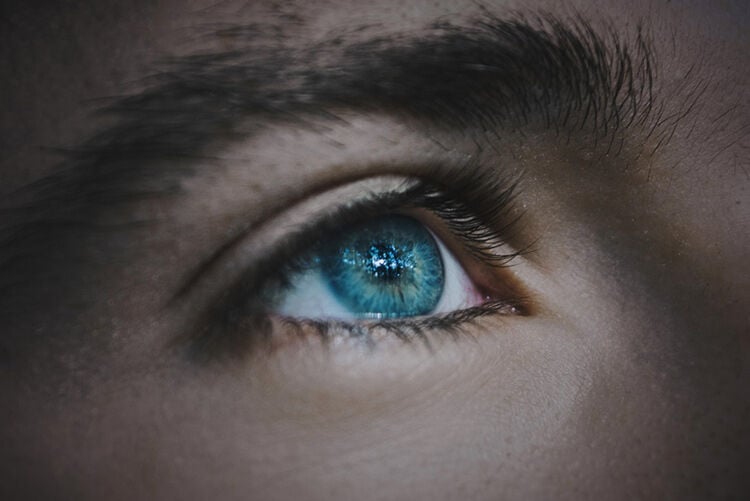
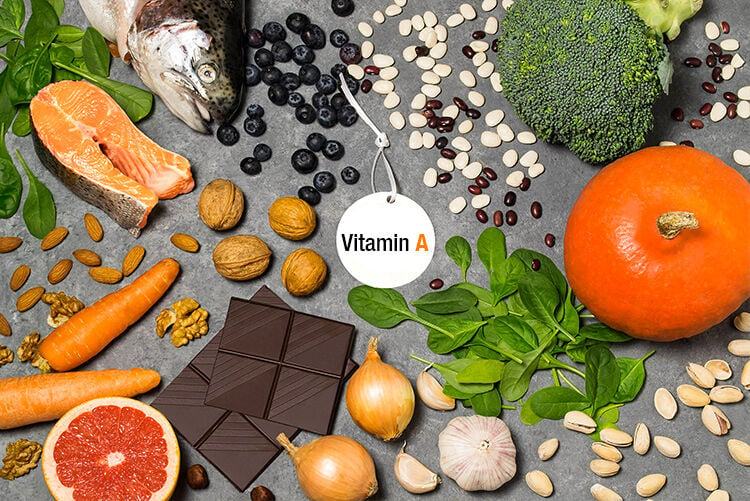
12. 80% of All Vision Impairment Can be Prevented or Cured
The World Health Organization (WHO) estimates that more than 80% of all vision impairment around the world can be prevented and even cured. The WHO highlights a number of successful public-private partnerships that have brought about real change in eye health for those countries who encouraged them.
Such measures have led to substantial reduction in onchocerciasis and trachoma-related blindness and a consequent reduction in the spread of infectious diseases.
13. Are Carrots Actually Good For Your Eyes?
Many of us have been brought up being told that carrots are the best food for eyesight, even that eating carrots will help us see in the dark. While the beta-carotene rich vegetable is a healthy addition to your diet, it does not have specific benefits for the eyes aside from vitamin A, which is converted from beta-carotene in the body, but there are much better sources of vitamin A.
For eye health it is best to eat oily fish and green vegetables that contain lutein, zeaxanthin and meso-zeaxanthin, which support the eye’s protective mechanisms. Lutein and zeaxanthin occur naturally in foods like spinach, kale and other leafy greens, while meso-zeaxanthin can be found in certain fish.
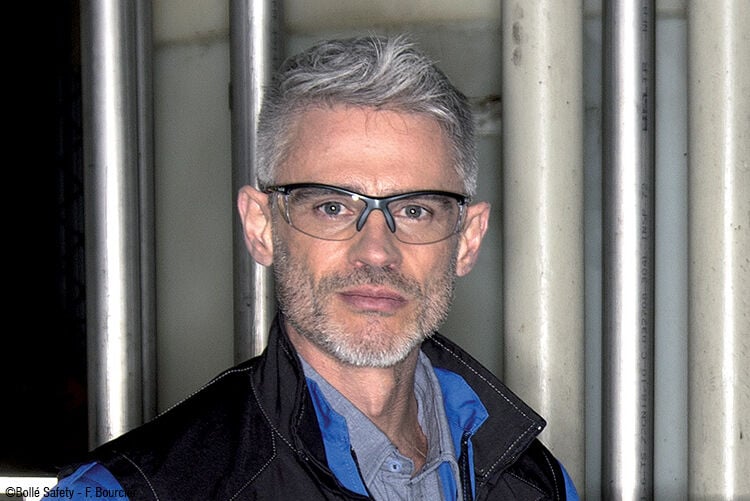
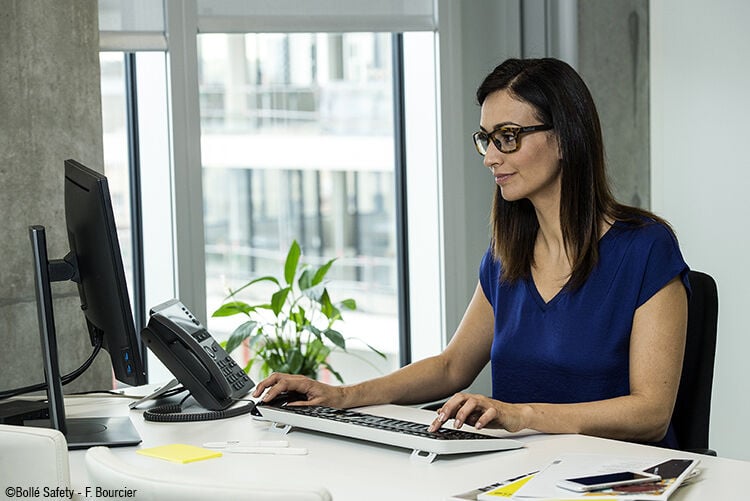
14. You’ll Need Glasses When You Get Older
Around age 40, the vast majority of people start to experience a condition called presbyopia. Presbyopia is the hardening of lenses in the eye and makes it more difficult to focus on objects that are too close. Presbyopia often intensifies around age 50 as the lenses continue to harden with age. As a result, most people will need glasses by the time they reach 40 or 50 years old.
15. Using Screens Causes Computer Vision Syndrome
Studies suggest that 50% to 90% of people who work at a computer screen show symptoms of computer vision syndrome (CVS). CVS is not one specific problem but a whole range of issues relating to eye strain and pain from too much exposure to screens.
Using a screen forces your eyes to focus and refocus all the time, the brightness and glare also make your eyes work harder, over time this repetitive strain can take a toll on your eye muscles.
The End in Sight
Better understanding the complex nature of our eyes can help us appreciate how lucky we are to have them and how important vision is to the evolution of our species.
Understanding our eyes can also help us appreciate how fragile they are so we might better protect them from injury and deterioration. To make sure we keep our eyes healthy and safe from harm we must limit their exposure to light, heat and particles such as dust, by protecting them with quality glasses we can enjoy all the benefits of vision but without the risk.
